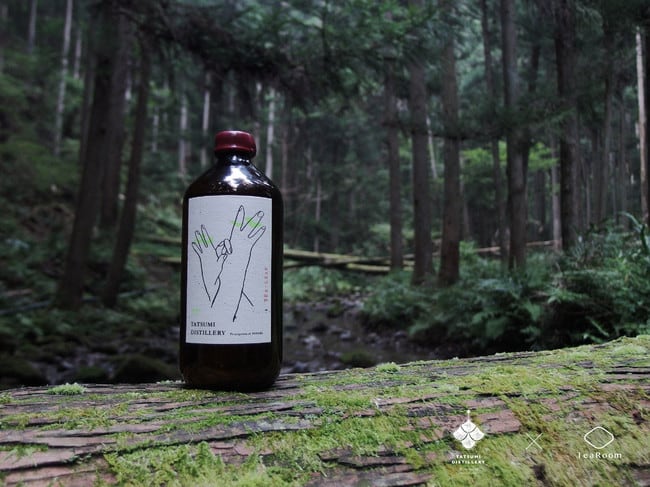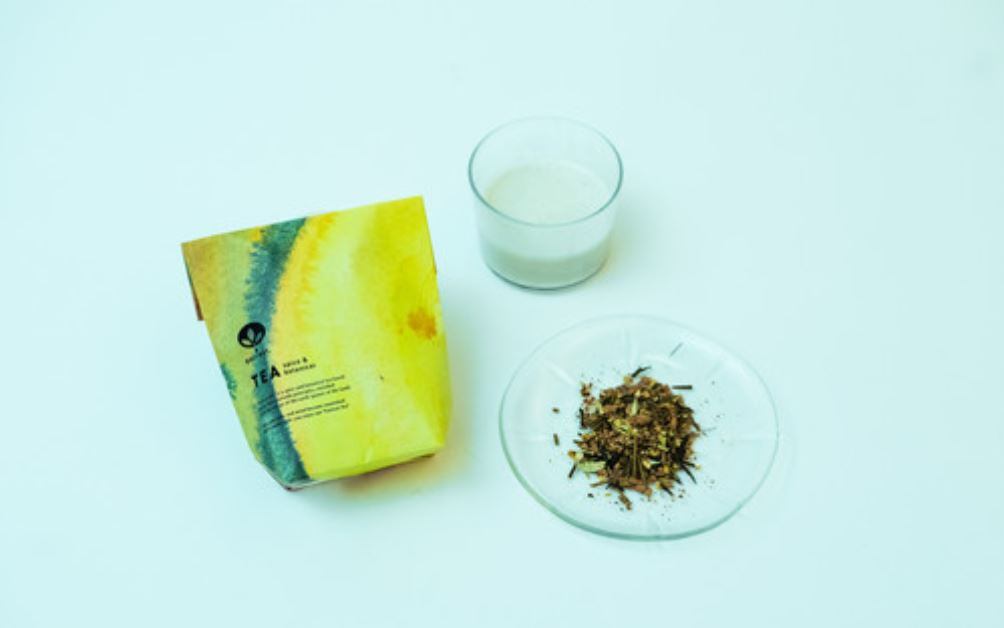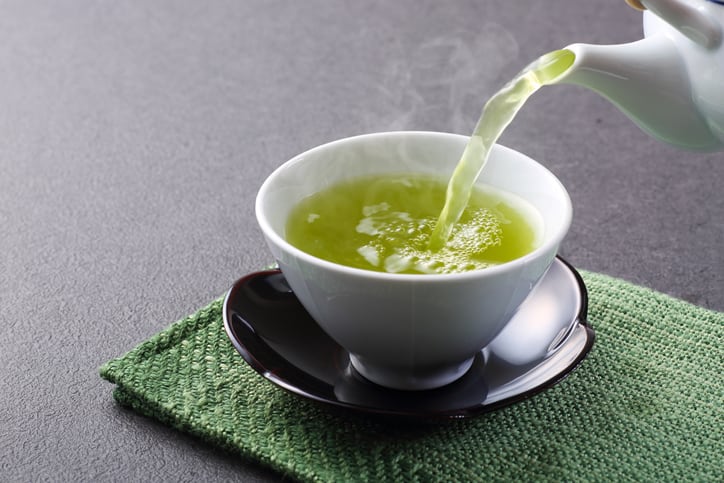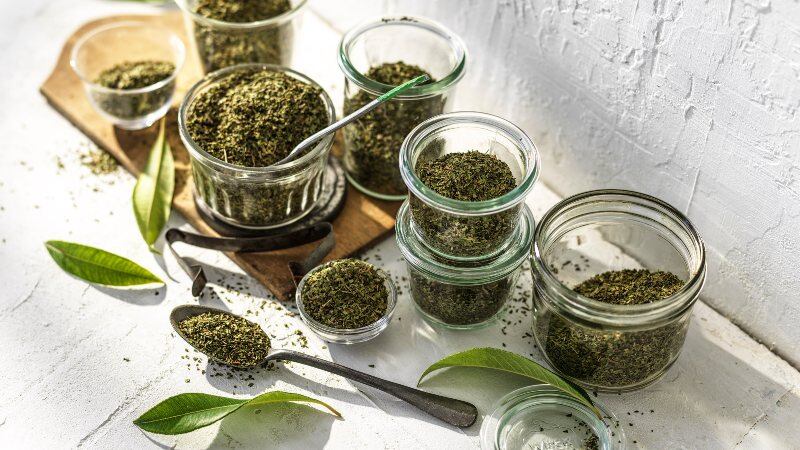The product, branded First Essence Tea Leaf Gin, is made from the raw tea leaves of Koshun and Zairai cultivars and is the first innovation of its kind utilising fresh instead of dried tea leaves.
TeaRoom is a tea start-up based in Tokyo focused on fusing traditional tea culture into modern lifestyles.
It produces tea leaves from its own farms and has its own manufacturing facility.
Tatsumi Distillery is a spirit manufacturer based in the Gifu Prefecture.
Ryo Iwamoto, CEO at TeaRoom, told FoodNavigator-Asia he was keen to boost the declining domestic tea leaf market, which continues to lose attractiveness as people shift to ready to drink beverages and coffee.
“Through this gin project of infusing tea into alcohol, we have the potential to grow and expand the tea market.”
Find out more about the rationale behind the product in this video…
According to Iwamoto, gin has risen in popularity in Japan over the last few years.
“Many companies are entering the gin market because it has the economic advantage of a shorter time to market, compared to whisky.”
First in Japan
To make the First Essence Tea Leaf Gin, the fresh tea leaves are first fermented to develop the flavour profile, and distilled for about eight hours.
Iwamoto explained that through fermentation, the Koshun tea provides the flowery fruity flavours of jasmine, Sakura, green apple and mango, while the Zairai tea gives it a wild freshness flavour, which he akin to a tea garden.
The First Essence Tea Leaf Gin product is not the first tea gin in Japan, there are others such as KI NO BI Kyoto Dry Gin and Suntory’s Roku Gin.
However, these brands were using dried tea leaves, which were roasted to add aroma and flavour.
Iwamoto explained that other companies have not used fresh tea leaves in gin because it does not impart any flavour as a raw ingredient.
It has to be fermented (oxidised) to achieve the flowery fruity flavour. TeaRoom and Tatsumi Distillery have developed their own fermentation process in making its tea leaf gin.
The fresh tea leaves are sourced from the Shizuoka Prefecture, the base alcohol sourced from the Kumamoto Prefecture, and Juniper berries from Europe.
Future plans
TeaRoom and Tatsumi Distillery produced 312 bottles (500mL each) in its first batch this year, and its second batch is expected to be released in May 2021.
The long wait time is attributed to the fresh tea leaves which can only be harvested in Spring, hence the companies only have a restricted period of time to work on R&D and production, usually from April to August.
The first batch was sold to a select group of hotel, bars and influencers. The price was set at JPY4,600 (US$43).
Iwamoto has ambitious plans of producing 5,000 bottles in the future, and distributing into alcohol stores, supermarkets and e-commerce.
Iwamoto is also working on another project, with the ultimate aim of producing a gin that taste like green tea.
“It is very difficult to get the tea flavour into gin. Tea has 200 flavour components, so we are experimenting if we distill each flavour and mix them together, we might create the green tea flavour in gin.”




